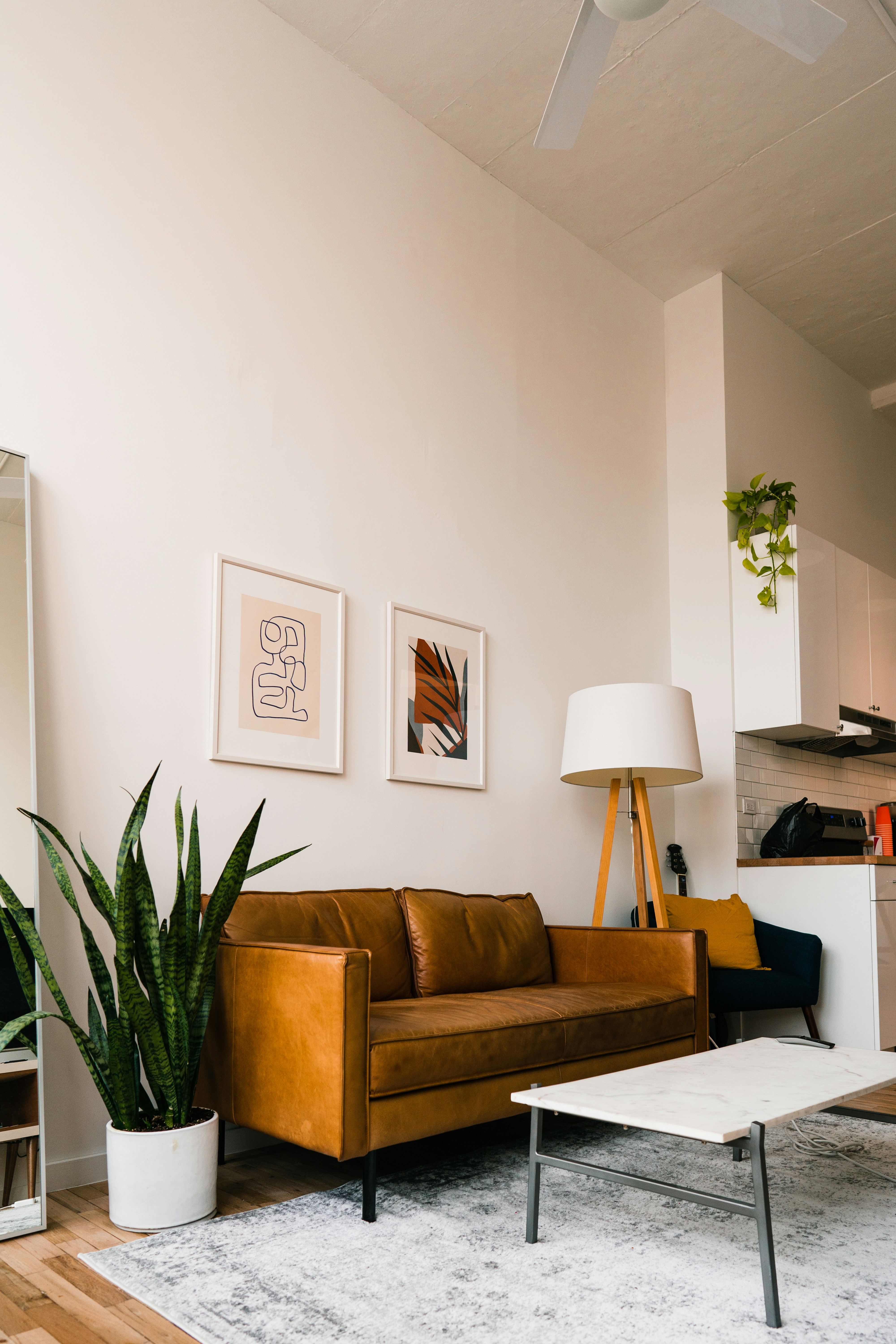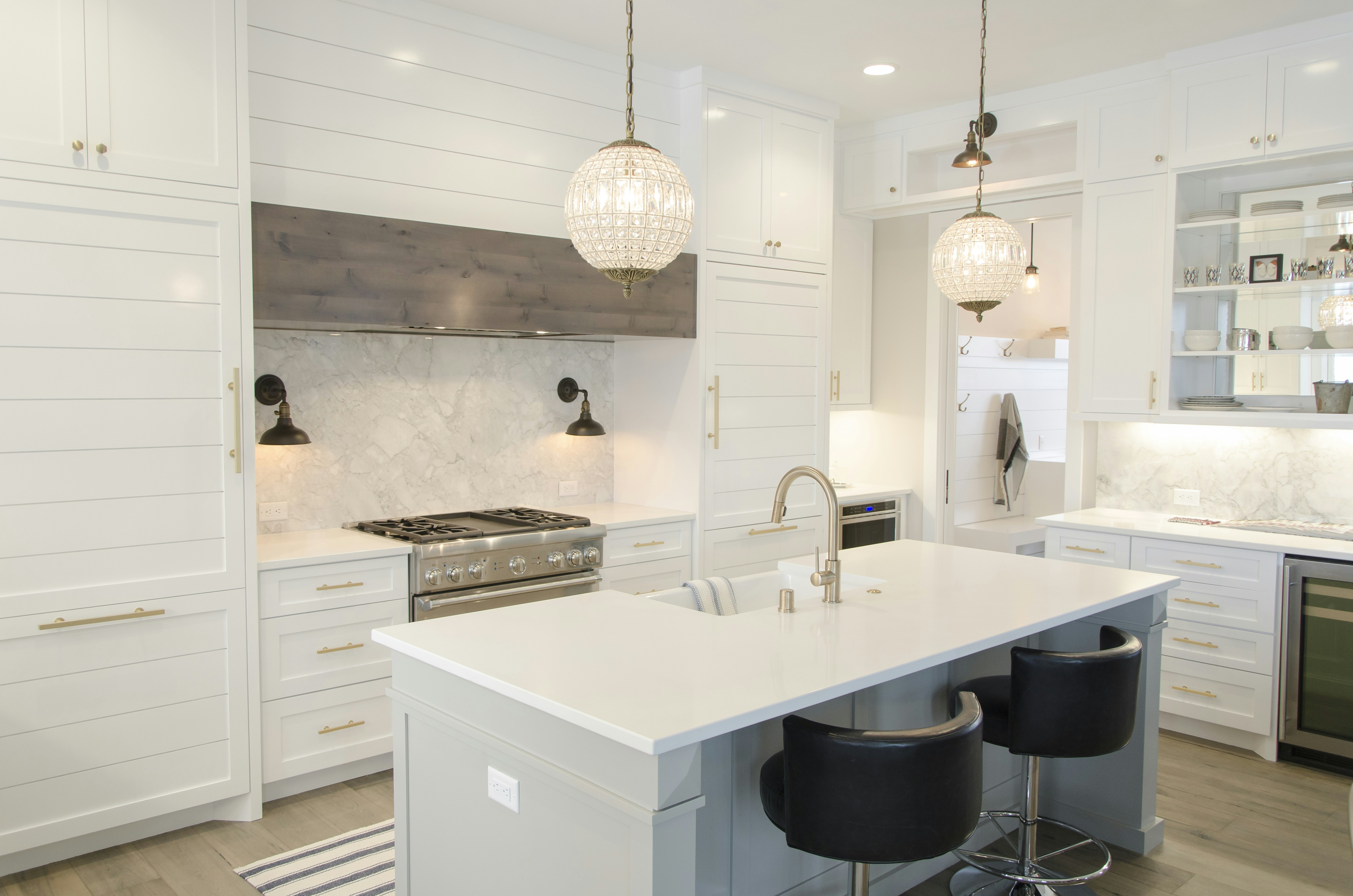The Transformative Power of Shared Spaces
Published on October 26, 2024
The Transformative Power of Shared Spaces

When we think about family dynamics and communication, we often focus on words and actions. But have you ever considered the silent impact of the spaces we share? The arrangement of our homes, the design of our common areas, and even the small nooks we create can profoundly influence how we interact and connect with our loved ones.
The Living Room Revolution
Let's start with the heart of many homes: the living room. Traditional layouts often centered around a TV, creating a passive, one-directional focus. But a simple rearrangement can spark a communication revolution. Try creating conversation nooks with comfortable seating facing each other. This subtle change can encourage eye contact, promote active listening, and foster more meaningful discussions.
The Kitchen Connection
The kitchen, often called the heart of the home, holds immense potential for strengthening family bonds. An open kitchen layout or an island with seating can transform meal preparation from a solitary task to a collaborative family activity. This shared space naturally encourages conversation, teaching moments, and the passing down of family recipes and traditions.
The Power of Personal Spaces
While shared spaces are crucial, it's equally important to respect and create personal areas, especially for teenagers. A desk in a quiet corner, a cozy reading nook, or even a personalized bedroom can provide a sense of autonomy and privacy. These spaces allow for self-reflection and recharging, making family interactions more positive when they do occur.
Digital Spaces Matter Too
In our increasingly digital world, virtual spaces also play a role in family dynamics. Creating a shared family calendar, a digital photo album, or even a family group chat can foster connection in the digital realm. However, it's crucial to establish healthy boundaries and ensure these digital spaces enhance rather than replace face-to-face interactions.
The Outdoor Connection
Don't underestimate the power of outdoor spaces. A small balcony garden, a backyard seating area, or even a shared hobby like birdwatching can create opportunities for side-by-side time. These moments often lead to organic, pressure-free conversations and shared experiences that strengthen family bonds.
Embracing Cultural Elements
For immigrant families or those with diverse cultural backgrounds, incorporating elements from different cultures into shared spaces can be particularly powerful. This might include displaying art or artifacts, creating a meditation corner, or designating an area for traditional practices. These touches can spark conversations about heritage and identity, bridging generational and cultural gaps.
The Journey of Transformation
Transforming your living spaces doesn't have to be a grand, expensive undertaking. Start small. Rearrange furniture, create a cozy corner, or designate a "no-phone zone" for family time. Involve everyone in the process, making it a shared project that reflects each family member's needs and preferences.
As you embark on this journey of spatial transformation, you might find that the changes in your environment catalyze changes in your family dynamics. Open spaces can lead to open hearts, and thoughtfully designed areas can nurture thoughtful conversations.
Remember, the goal is not perfection, but connection. Every family is unique, and what works for one might not work for another. The key is to create spaces that reflect your family's values, encourage interaction, and provide comfort for all members.
If you're looking for more ways to enhance family communication and strengthen bonds, consider trying Thinker, an AI-powered tool designed to mediate relationships and improve communication. It might just be the perfect complement to your newly transformed living spaces!


